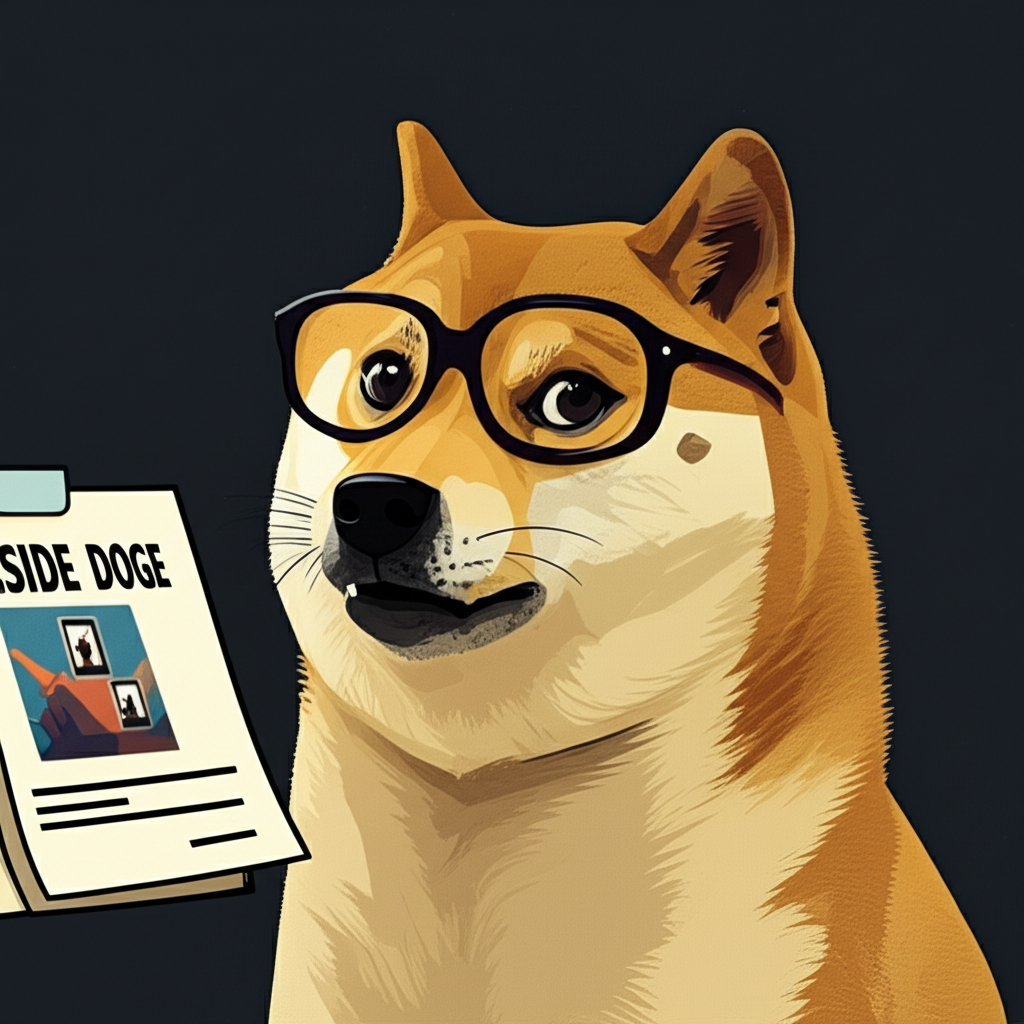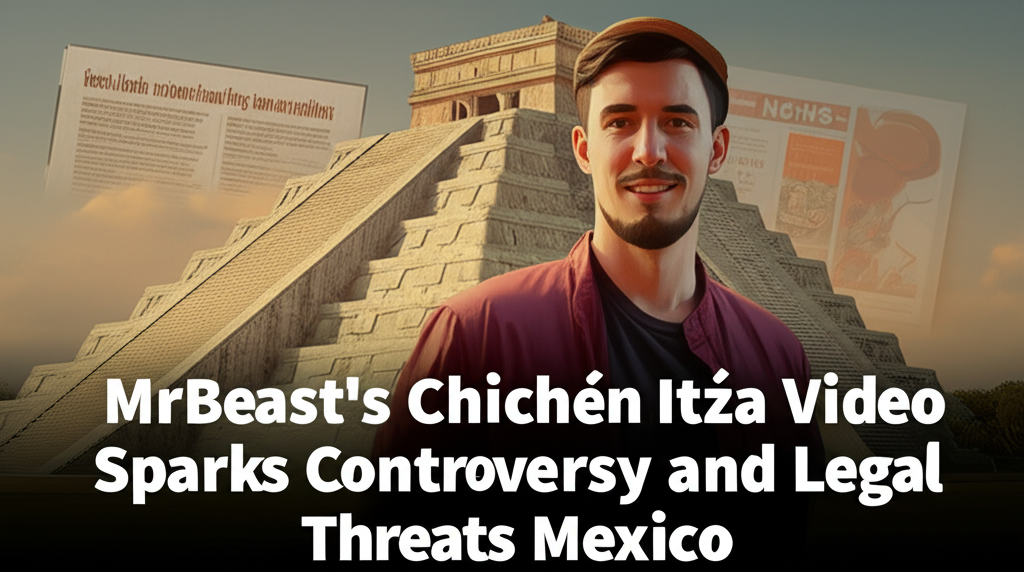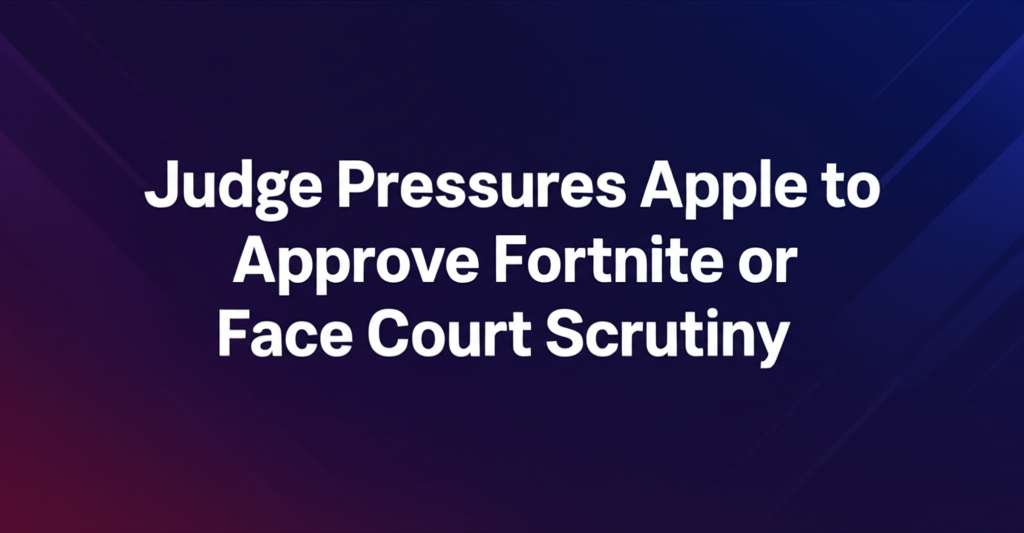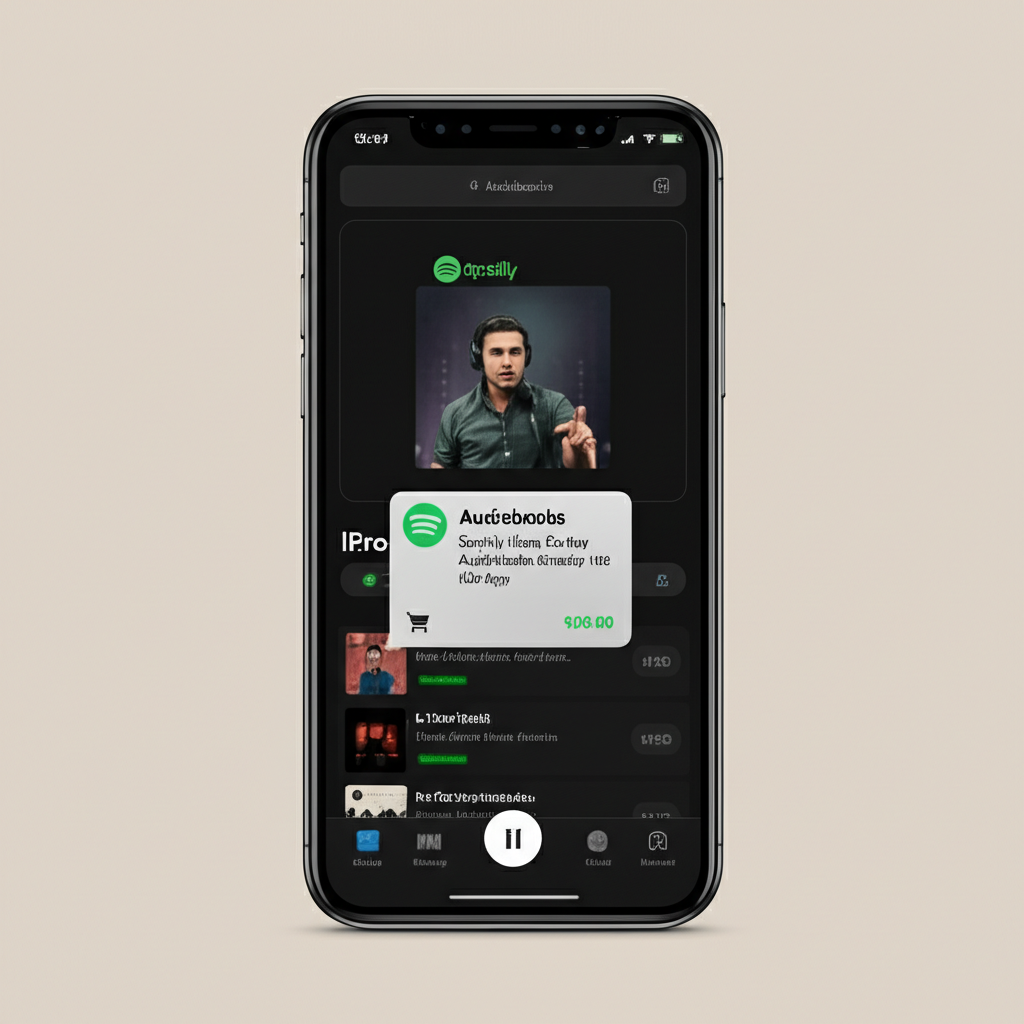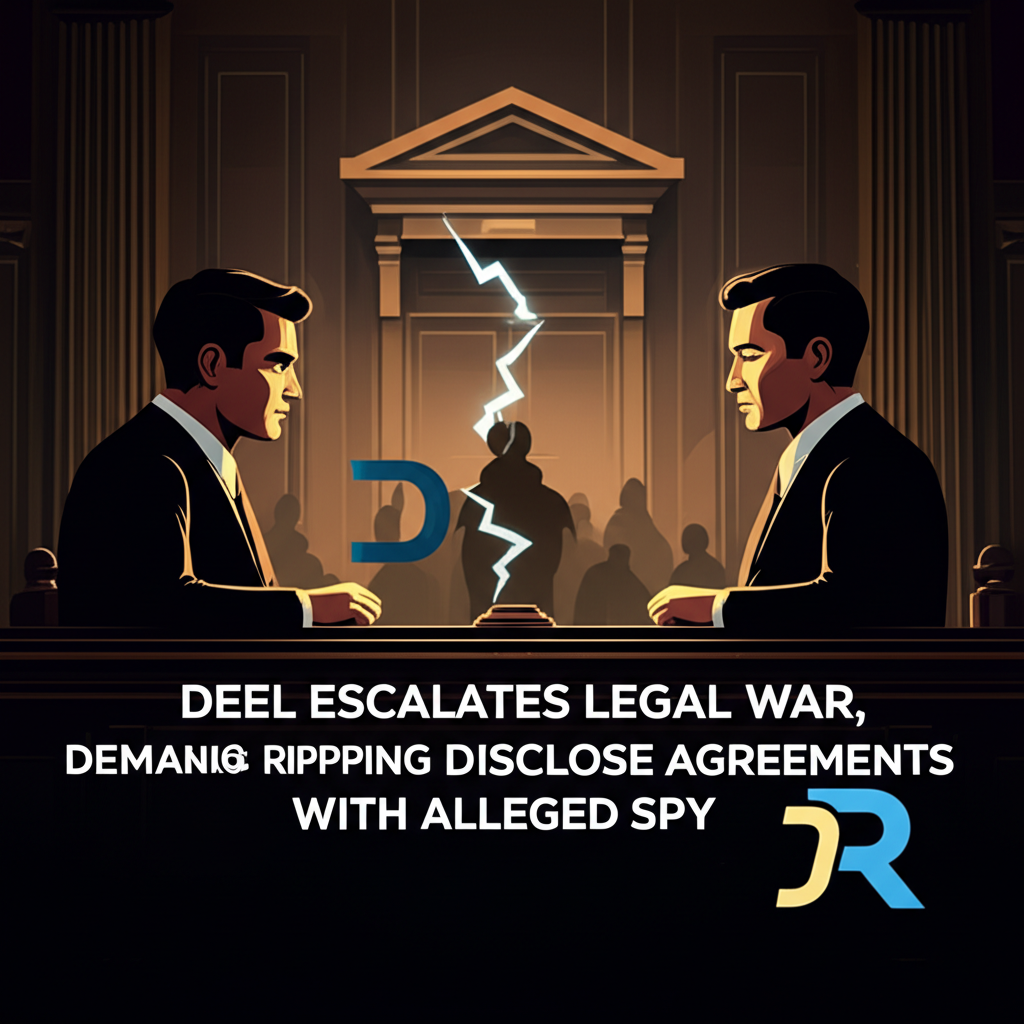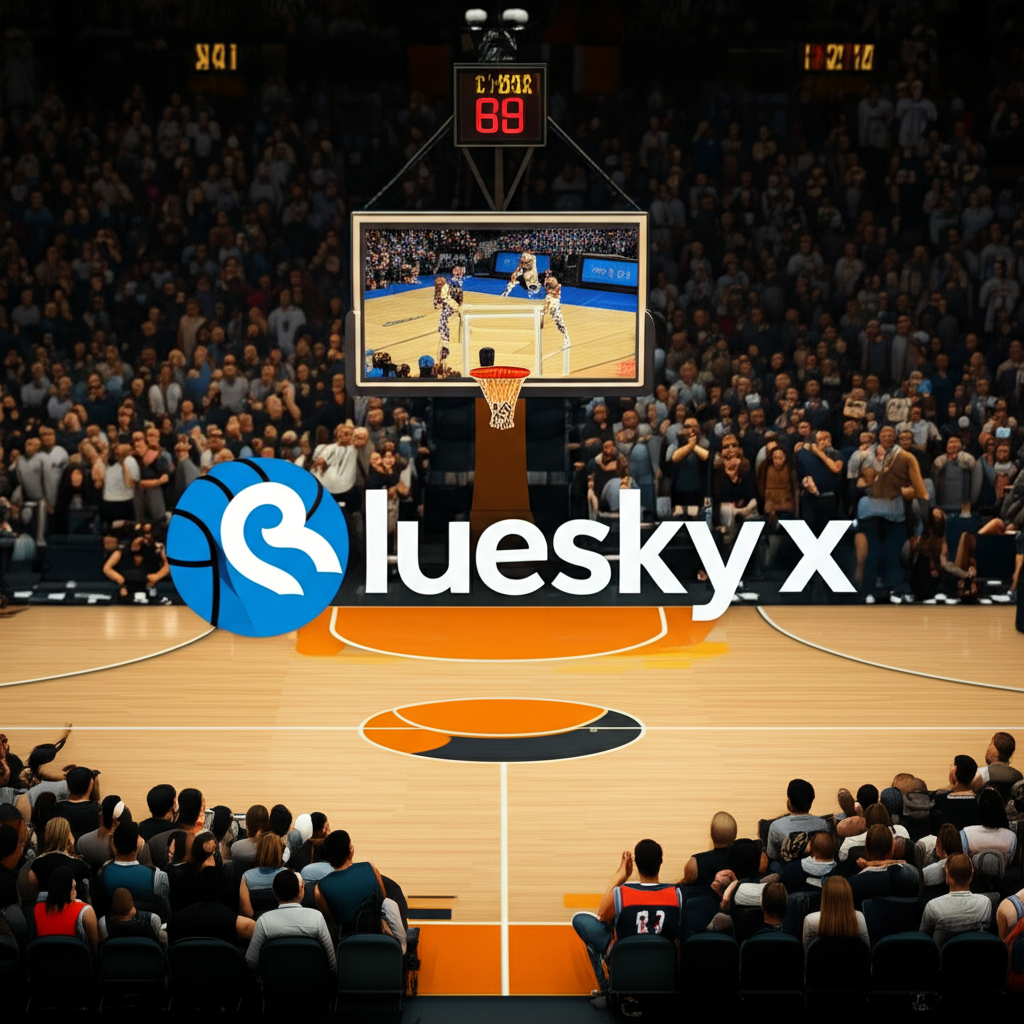The Take It Down Act: A New Federal Front Against Revenge Porn and Explicit Deepfakes
In a significant move addressing the proliferation of nonconsensual explicit imagery online, President Donald Trump signed the Take It Down Act into federal law on Monday. This bipartisan legislation marks a pivotal moment, establishing nationwide penalties for the distribution of such harmful content, including both traditional "revenge porn" and increasingly sophisticated AI-generated deepfakes.
The signing of the Take It Down Act represents a federal commitment to combating a form of digital abuse that has caused immense harm to countless individuals. For years, victims of nonconsensual image distribution have navigated a patchwork of state laws, often finding little recourse against perpetrators or the online platforms hosting the content. This new federal statute aims to provide a more unified and robust legal framework.
Understanding the Scope: What the Law Covers
At its core, the Take It Down Act targets the publication and distribution of nonconsensual explicit images. Crucially, the law explicitly includes AI-generated content, specifically deepfakes, alongside authentic images. This acknowledges the evolving nature of digital harm and the increasing ease with which realistic, explicit imagery can be created without a person's consent using artificial intelligence technologies.
The law defines "nonconsensual explicit images" broadly to include sexually explicit photos or videos of an individual that are distributed without their consent, regardless of whether the image is real or synthetically generated. This broad definition is intended to cover the spectrum of harmful content, from leaked private photos to entirely fabricated scenarios.
The criminal penalties for violating the Take It Down Act can include:
- Fines
- Imprisonment
- Restitution to the victim
The severity of the penalties will likely depend on factors such as the nature and extent of the distribution, the age of the victim (if applicable), and the intent of the perpetrator. By establishing federal criminal liability, the law provides prosecutors with a powerful tool to pursue cases that might cross state lines or involve large-scale online distribution.
Holding Platforms Accountable: The 48-Hour Mandate
One of the most impactful provisions of the Take It Down Act is the requirement it places on social media companies and online platforms. Under the new law, these platforms are mandated to remove nonconsensual explicit material within 48 hours of receiving notice from the victim.
This provision is a direct response to the often slow and inadequate responses from platforms in the past. Victims have frequently reported lengthy and frustrating processes to get harmful images taken down, during which time the content can spread rapidly across the internet, causing irreparable damage to their reputation and well-being. The 48-hour deadline introduces a clear standard and legal pressure for platforms to act swiftly.
Furthermore, the law requires platforms to take steps to delete duplicate content. This is particularly important in the context of deepfakes and revenge porn, which are often reposted or shared across multiple sites and accounts. Simply removing one instance of an image is insufficient if identical copies remain readily available elsewhere on the platform or can be easily re-uploaded. The requirement to address duplicates acknowledges this challenge, although the specific "steps" required are not detailed in the initial summary, leaving potential room for interpretation and implementation challenges.
The Journey to Federal Law
While many states have enacted laws against revenge porn and, more recently, explicit deepfakes, the Take It Down Act marks the first time federal regulators have stepped in to impose nationwide restrictions and mandates on internet companies regarding this specific type of content. This federal intervention provides a consistent legal standard across the country and allows for federal prosecution in cases that might be difficult to pursue under state jurisdiction alone.
The bill garnered bipartisan support in Congress, a notable achievement in a often-divided political landscape. Key figures championed the legislation, including First Lady Melania Trump, who actively lobbied for its passage. Her involvement highlighted the human impact of this issue and brought significant attention to the bill.
The bill was sponsored by Senators Ted Cruz (R-Texas) and Amy Klobuchar (D-Minn.), demonstrating the cross-aisle agreement on the need to address this form of online harm. Senator Cruz cited a particularly disturbing case as a motivating factor for his involvement: a situation where Snapchat reportedly took nearly a year to remove an AI-generated deepfake of a 14-year-old girl. This example underscores the urgency and necessity of the platform removal mandate included in the law.
The legislative process involved navigating complex issues related to technology, privacy, and free speech, ultimately resulting in a bill that aims to balance the protection of individuals from severe harm with constitutional considerations.
The Problem of Nonconsensual Explicit Imagery and Deepfakes
Nonconsensual explicit image distribution, commonly known as revenge porn, involves the sharing of private, sexually explicit images or videos of a person without their consent, often with the intent to harass, humiliate, or extort them. This practice predates the internet but has been dramatically amplified by digital technology and social media, allowing images to spread globally within minutes.
The rise of sophisticated AI technologies has introduced a new and alarming dimension: deepfakes. Deepfakes are synthetic media in which a person in an existing image or video is replaced with someone else's likeness. While deepfakes can be used for harmless or creative purposes, a significant and disturbing application has been the creation of nonconsensual explicit videos, often targeting women, celebrities, and increasingly, ordinary individuals. These deepfakes can be incredibly realistic, making it difficult to distinguish them from authentic content. The creation and distribution of explicit deepfakes represent a profound violation of privacy and can cause severe psychological, social, and professional harm to victims.
The Take It Down Act's explicit inclusion of deepfakes recognizes that the harm caused by synthetic nonconsensual explicit content is equivalent to, and in some ways potentially more insidious than, that caused by authentic images. The ability to create explicit content of anyone without their ever having posed for it adds a layer of vulnerability that traditional revenge porn did not possess.
Challenges and Criticisms: Balancing Safety and Free Speech
While the Take It Down Act has been lauded by victims' advocates and those concerned about online safety, it has also faced criticism, particularly from free speech advocates and digital rights groups like the Electronic Frontier Foundation (EFF).
The primary concern raised is that the law is potentially too broad. Critics argue that the language used to define the prohibited content or the requirements placed on platforms could inadvertently lead to the censorship of legitimate content. This could include:
- Legal pornography involving consenting adults.
- Artistic expressions.
- Journalistic content or political satire that might use or reference explicit imagery in a protected context.
- Content critical of governments or powerful figures, which could be falsely flagged or removed under the guise of violating the act.
The fear is that platforms, facing strict penalties and a tight 48-hour deadline, may err on the side of caution and over-censor content to avoid legal repercussions. This phenomenon, known as "platform overreach" or "chilling effect," could stifle legitimate expression online.
Digital rights groups also point out the technical challenges platforms face in accurately identifying and removing nonconsensual explicit content, especially duplicates, within the mandated timeframe. Automated content moderation systems can be prone to errors, and relying solely on victim reports might not be scalable or effective against sophisticated perpetrators.
The debate highlights a fundamental tension in regulating online content: how to effectively protect individuals from harm without infringing upon constitutionally protected free speech. Proponents of the law argue that the severe harm caused by nonconsensual explicit imagery, particularly when used for harassment or exploitation, falls outside the scope of protected speech. Critics counter that overly broad laws can have unintended consequences that undermine the principles of a free and open internet.
Implementation and Future Implications
The implementation of the Take It Down Act will be closely watched. Key aspects will include:
- How federal law enforcement agencies prioritize and prosecute cases under the new statute.
- How online platforms develop and implement systems to comply with the 48-hour removal mandate and the requirement to delete duplicates.
- How courts interpret the law's scope, particularly in cases involving potentially ambiguous content or free speech challenges.
- The effectiveness of the law in actually reducing the prevalence of nonconsensual explicit images and deepfakes online.
The law's impact on platform moderation policies could be significant. Companies may invest more heavily in content moderation technology and personnel, refine their reporting mechanisms for victims, and potentially adjust their terms of service to more explicitly address violations of the Take It Down Act.
Furthermore, the law sets a precedent for federal intervention in regulating harmful online content, particularly that which is synthetically generated. As AI technology continues to advance, creating new forms of potential harm, the Take It Down Act could serve as a template or catalyst for future legislation addressing issues like malicious deepfakes used for defamation, fraud, or political disinformation.
The requirement for platforms to actively seek out and remove duplicates is particularly challenging. It implies a level of proactive monitoring or sophisticated matching technology that goes beyond simply responding to individual reports. The specific methods platforms employ to meet this requirement could have broader implications for user privacy and content scanning practices.
Victim Support and Reporting Mechanisms
While the law provides a legal framework, effective implementation also relies on victims being able to report the content and platforms having clear, accessible mechanisms for receiving and processing these reports. The law's success will be tied to how easily victims can notify platforms and law enforcement, and how responsive these entities are.
Advocacy groups that support victims of online harassment and nonconsensual image distribution will likely play a crucial role in helping individuals understand their rights under the new law and navigate the reporting process. The law's name itself, "Take It Down Act," emphasizes the desired outcome for victims: the swift removal of the harmful content.
Conclusion
The signing of the Take It Down Act represents a significant federal step towards addressing the pervasive and damaging issue of nonconsensual explicit image distribution, including the growing threat posed by deepfakes. By criminalizing the act and imposing clear removal requirements on online platforms, the law aims to provide victims with greater protection and recourse.
However, the law is not without its complexities and potential challenges. The balance between protecting individuals from severe harm and safeguarding free speech online will require careful interpretation and implementation. Digital rights advocates' concerns about potential over-censorship highlight the need for transparency and precision in how platforms comply with the law and how it is enforced.
As the digital landscape continues to evolve with advancements in AI and online communication, legislation like the Take It Down Act will become increasingly important in defining the boundaries of acceptable online behavior and ensuring that technology serves humanity without enabling new forms of abuse. The law's effectiveness will ultimately be measured by its ability to deter perpetrators, provide timely relief to victims, and navigate the delicate balance of rights in the digital age.
The Take It Down Act is a landmark piece of legislation, signaling a federal commitment to tackling a problem that has long plagued the internet. Its impact will unfold as platforms adapt, enforcement begins, and courts weigh in on its provisions, shaping the future of online safety and content moderation in the United States.





